Mount Holly Cemetery
Introduction
Text-to-speech Audio
Images
Signage with information regarding regulations of the cemetery and contact information for the sexton.Photo taken by Randall Crawford.
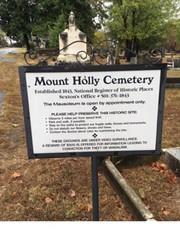
An example of the variety of mortuary architecture. Photo taken by Randall Crawford.
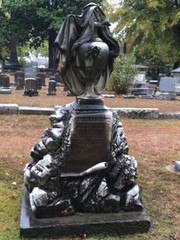
Another example of the variety of mortuary architecture. Photo taken by Randall Crawford.
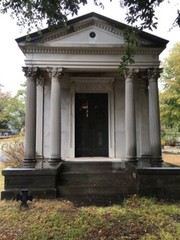
Gravestone of the Sybil F. Crawford, author of Jubilee: Mount Holly Cemetery, Little Rock, Arkansas : Its First 150 Years and Mount Holly Cemetery, Little Rock, Arkansas Burial Index 1843-1993. Photo taken by Randall Crawford.
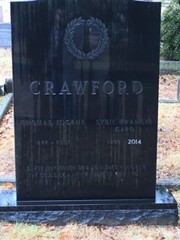
A wide example of the variety of mortuary architecture found at Mount Holly. Photo taken by Bruce W. Stracener.
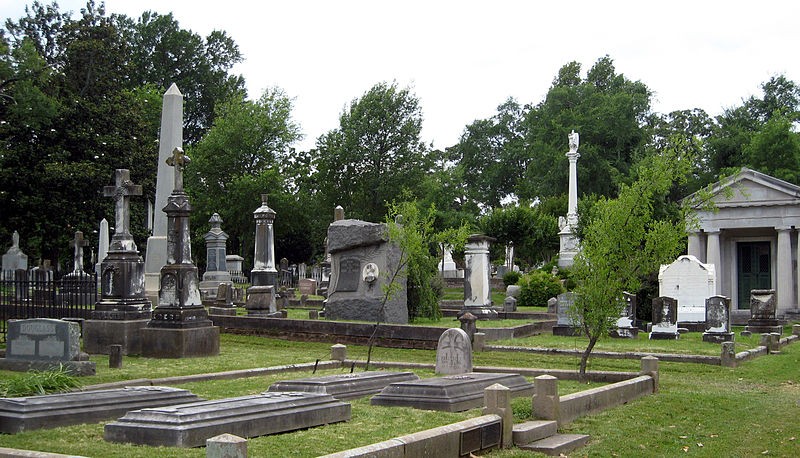
Entrance to Mount Holly. Photo by David M. Habben.
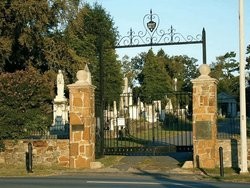
Backstory and Context
Text-to-speech Audio
Founded through the generous donation of land by Chester Ashley (1791–1848) and Roswell Beebe (1795–1856) in 1843, Mount Holly Cemetery has grown to become the resting place of many of the most influential Arkansas residents. There are eleven Arkansas Governors, four United States Senators, thirteen Arkansas Supreme Court Justices, and twenty-one mayors of Little Rock interred here. There are also a number of military leaders and soldiers including Confederate generals such as Thomas James Churchill (1824–1905), who later became Governor of Arkansas. There are individuals with contributions in the fields of literature and such as Pulitzer Prize in poetry winner John Gould Fletcher (1886–1950) and Sandford C. "Sandy" Faulkner (1803?–1874), who is credited with development of the “Arkansas Traveler” story. In the area of journalism, Mount Holly contains the resting place of Arkansas Gazette founder William Edward Woodruff (1795–1885) and it’s the editor John Netherland Heiskell (1872–1972). In the field of architecture , the cemetery hosts George Richard Mann (1856–1939), who designed the Arkansas State Capital building, and Charles Louis Thompson (1868–1959). whose firm designed more than two thousand buildings including the community mausoleum at Mount Holly.
The cemetery serves as the repository for the remains of David Owen Dodd (1846–1864), who was known as the martyred boy of the Confederacy, and Elizabeth "Quatie" Brown Henley (1791-1839), the wife of Principle Chief John Ross who died on her way towards present day Oklahoma on the Trail of Tears. Reflecting the years when race and religion led many Arkansas residents to live separate lives, the cemetery maintained separate sections for African Americans as well as areas where Catholic and Jewish residents were buried.
The mortuary architecture of Mount Holly and landscaping that reflects a Victorian elegance. The narrow lanes are, which are marked with handcrafted signs, are lined varieties of old roses, mature trees, and other flowers. The tombstones, obelisks, crypts, and other mortuary structure represents a wide diversity of style and motifs from Classical,and Victorian to Art Deco and Modern with iconographic motifs and epitaphs that span the range from the sorrowful to the strange. The grounds also include a wide collection of cemetery furniture including cast iron and ornate iron pieces. A large cast iron fountain, which was designed by J. L. Mott Company of Bronx, New York, has been at the cemetery since 2002 and is placed near the columnbarium was completed in 2003.
Mount Holly was added to the National Register of Historic Places on March 5, 1970. As part of its sesquicentennial anniversary in 1993, the cemetery published Jubilee, an illustrated guide to the cemetery's history as well as a burial index of covering the past century-and-a-half.
